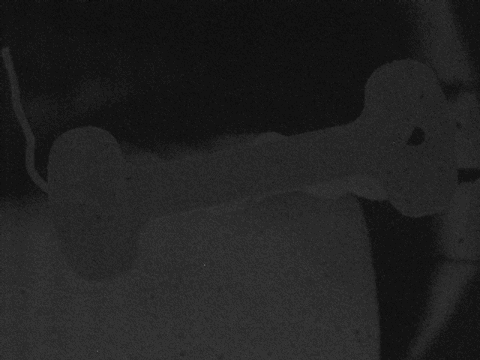
Materials Science Education
B.S. - Ceramic Engineering - Alfred University
Ph.D. & M.S. - Mechanical Engineering (Materials Science Track) University of Colorado, Boulder
I have been executing or overseeing technical materials science and engineering research for over 15 years. My experiences range from materials processing and characteristic, to mechanical failure analysis, to physics of energy transduction, to large data analytics. My time at the bench was a mix of materials science, mechanical engineering, electrical engineering, and data analysis.
A selection of the places and projects I have worked on:
Oak Ridge National Laboratory
CoorsTek Inc.
HASEL actuators
Ocean wave energy capture
Synchrotron research
Flash sintering
For my publications checkout my Google Scholar Profile


I was honored to have a prestigious post-BS research associate position at Oak Ridge National Laboratories early in my engineering career. I built and executed a variety of materials science experiments in the areas of thermal and mechanical properties and characterization which resulted in many publications.


HASEL Actuators
HASEL actuators are an electrostatic soft actuator developed in the Keplinger Research Group and commercialized by Artimus Robotics, the company I cofounded and ran for five years. I was instrumental in the very first prototypes of HASEL actuators in 2015 and then focused on the efficiencies of the electromechanical conversion process before pivoting to commercialization. This academic work was published in the journal, Science, and featured in outlets such as National Geographic and Wired.

Ocean Wave Energy Capture
The oceans are a massive potential source of renewable and carbon-free energy. Unfortunately no transduction (mechanical to electrical) technologies currently exist to capture any significant amount of ocean wave energy. During my PhD I explored a way to use variable capacitance energy generation, combined with naturally occurring electric double layers (ultra capacitors) available from to the salt in the oceans, to convert ocean waves into electrical energy. The work was published in an academic paper and requires significant refinement.

Flash Sintering
High performance ceramics such as ballistic armor require very high formation (sintering) temperatures and thus are very energy intensive to produce. Flash Sintering uses electric fields and currents to directly impart energy into the workpiece, resulting in energy efficient processing for ceramics.
A highlight of this research was my time on various synchrotron light sources and education from the National School on Neutron and X-ray Scattering.
